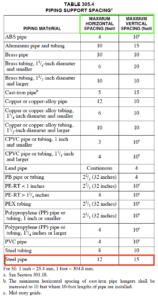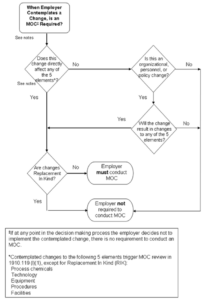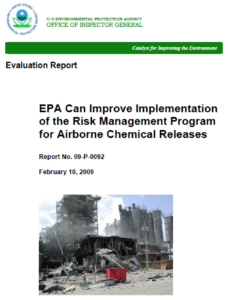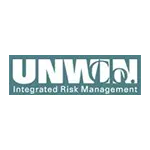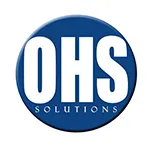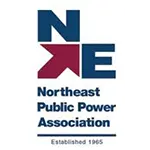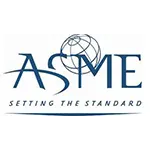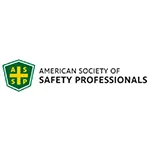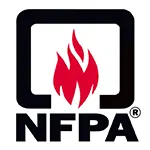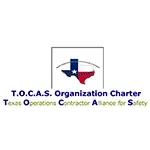CLICK HERE to Renew your Membership
CLICK HERE for a NEW Membership
CLICK HERE to see eligibility requirements for FREE Membership
If you have any questions, please contact me
We offer:
- Over 17,600 categorized unsafe acts/conditions and accident/injury photos
- Over 1,450 ppt's & doc's
- Over 3,975 technical articles on Process Safety & Occupational Safety & Health matters
- Over 450 videos

I am proud to announce that have extended our”Partners in Safety” agreement for another year (2025).
CI Members, send me an e-mail to request your FREE SAFTENG membership.
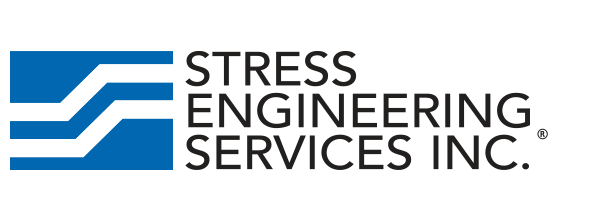




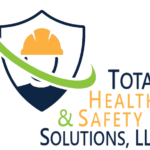





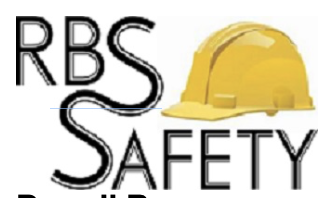

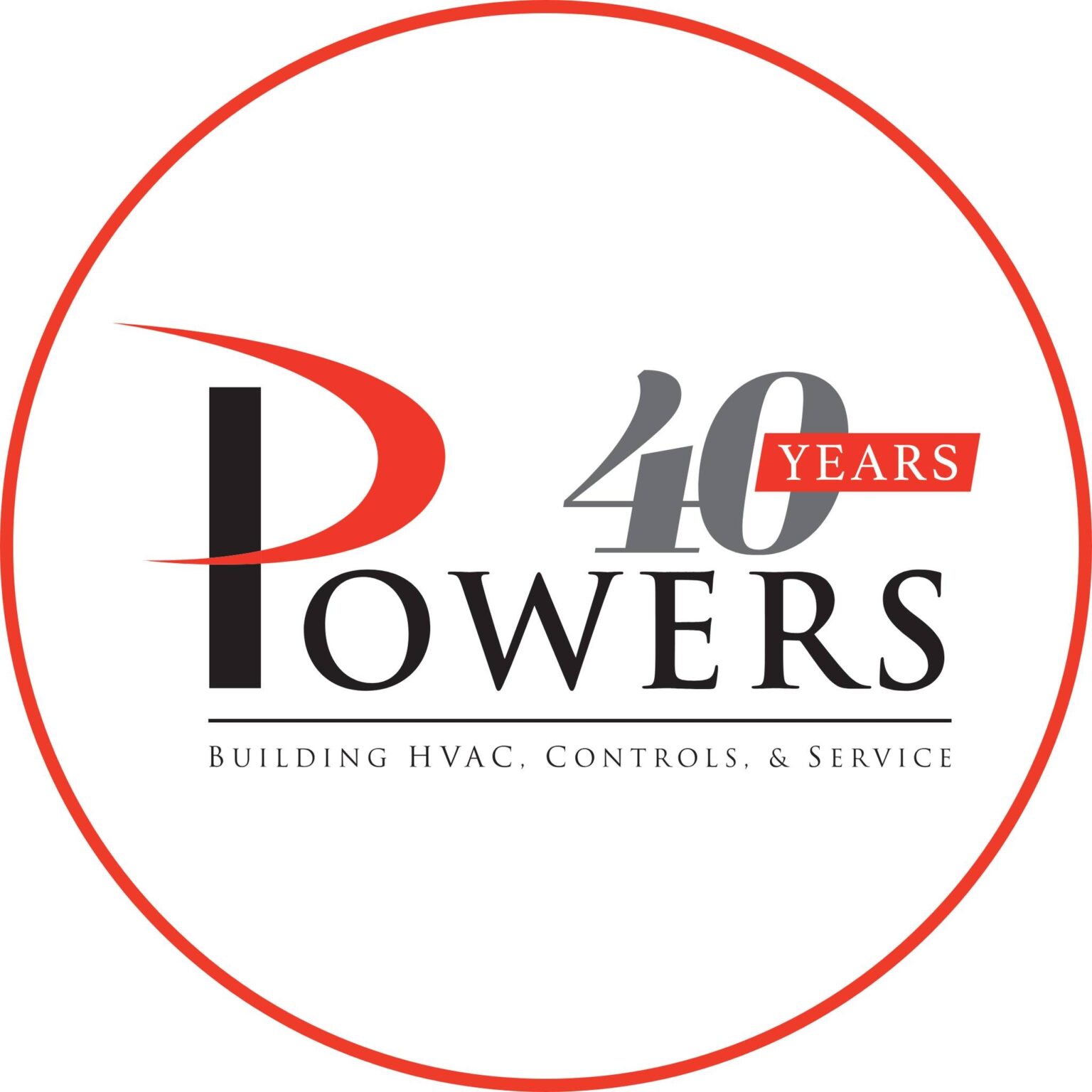
September 7, 2009
Take any of the following steps below that may be necessary to guard against stored energy(s) left in the equipment after it has been shut down and isolated from its energy source(s).
…
HomeRead More »
Read More
August 28, 2009
An older post, with updates…Ever since the 2005 BP Texas City tragedy, refineries and chemical plants have been working diligently to review “facility siting” risks for their facilities. As with all of the PSM elements, many of us took this new focus as a learning opportunity. We had all done something we called “facility siting” in our Process Hazards Analysis, but in the early 1990’s...
Read More
June 27, 2009
Key Principles in integrating Human Factors in Hazard Identification, Hazard Analysis, and Risk Assessments include:
…
HomeRead More »
Read More
April 27, 2009
As we have discussed here many times, our piping is our “primary containment” that seems to be where the vast majority of Loss of Primary Containment (LOPC) events occur. Many reasons for this, which we have spelled out in other postings, but none the less the vast majority of “leaks” occur in our piping. One means that we should be abiding by is “proper support”...
Read More
April 1, 2009
March 31, 2009
MEMORANDUM FOR: REGIONAL ADMINISTRATORS THROUGH: DONALD G. SHALHOUB
DEPUTY ASSISTANT SECRETARY
FROM: RICHARD E. FAIRFAX, DIRECTOR
DIRECTORATE OF ENFORCEMENT PROGRAMS
SUBJECT: Management of Organizational...
Read More
March 14, 2009
The strategic approach to improving human performance within safety embraces two (2) primary challenges:
Anticipate, Prevent, Catch, and Recover from ACTIVE errors
Identify and Eliminate LATENT organizational weaknesses that provoke human error and degrade controls against error and the consequences of error
Preventable errors will not be eliminated if opportunities to err are not methodically identified....
Read More
March 10, 2009
EPA can improve its program management and oversight to better assure that facilities covered by the Clean Air Act’s Risk Management Program submit or re-submit an RMP. EPA had not established national procedures for identifying covered facilities that had not submitted RMPs. For the 5 States reviewed, we identified 48 facilities in 3 States that reported large amounts of covered chemicals stored...
Read More
February 10, 2009
This article is for ANYONE with anhydrous ammonia, regardless if you have 100 pounds or 100,000 pounds of ammonia and your primary means of containment is Carbon Steel. I have written numerous times about the Stress Corrosion Cracking (SCC) failure mode and shared numerous accidents and alerts regarding this failure mode. In this article, I want to point out a little PSM/RMP requirement that often...
Read More
February 10, 2009
MAJOR CHEMICAL DISASTERS IN INDIA
Origin of accident
Year
Date
Location
Products involved
Number of
Deaths
Injured
Evacuated
Explosion (warehouse)
1992
29.04
New Delhi
Chemicals
43
20
Fire at a chemical store
1994
13.11
New Delhi
Toxiccloud (chemicals)
500
Leakage
1984
03.12
Bhopal*
Methyl isocyanate
2800
50,000
200,000
Leakage
1989
05.05
Britannia...
Read More
February 9, 2009
OSHA’s standards for general industry and the construction industry on hazardous waste operations and emergency response (29 CFR 1910.120 or 29 CFR 1926.65) cover all employees involved in:
Clean-up operations of hazardous substances at uncontrolled hazardous waste sites required by Federal, state, local or other governments;
Corrective actions involving clean-up procedures at sites covered by the...
Read More
February 5, 2009
Despite their differences in tradition, emphasis, and application domains, there is no reason why these various models and their associated practices should not coexist harmoniously within the same organization so long as the strengths and weaknesses of each approach are recognized.
…
HomeRead More »
Read More
January 30, 2009
History has shown that flammable vapor ignitions in a number of cases have been proven to reside in mobile equipment working in or around a facility. “Industrial Loader and Forklift Fires,” an NFPA report published in January 2009, states that between 2003 and 2006, an average of 1,340 fires were ignited by heat or ignition sources found on powered industrial loaders and forklifts.
…
HomeRead...
Read More


